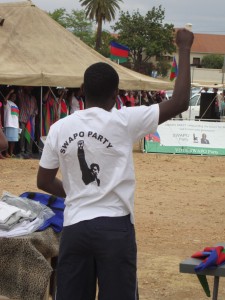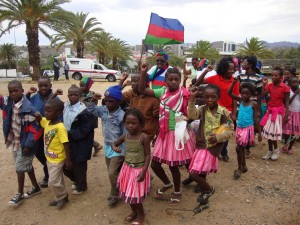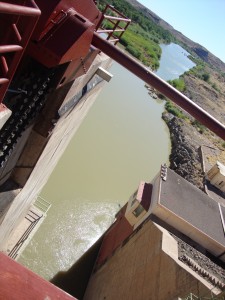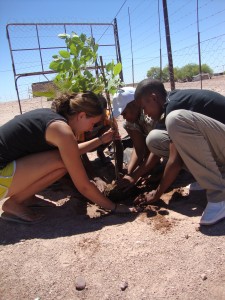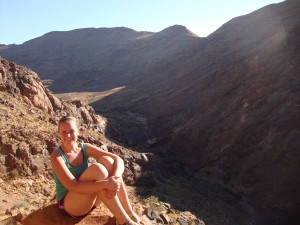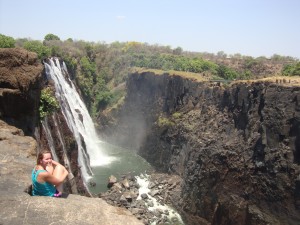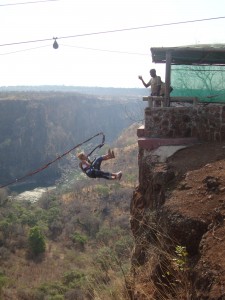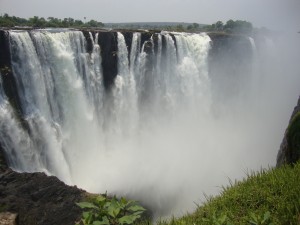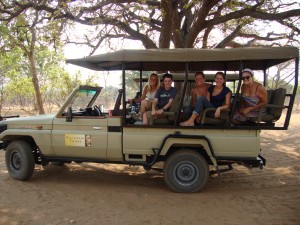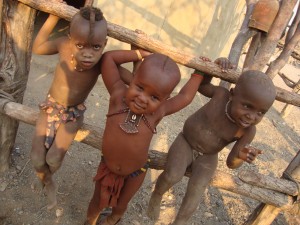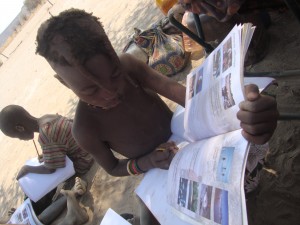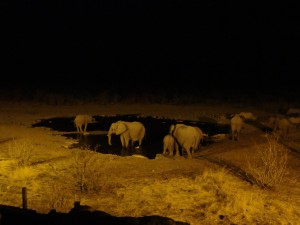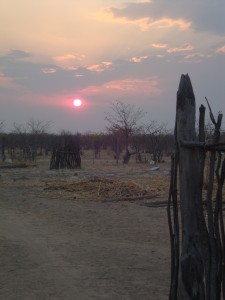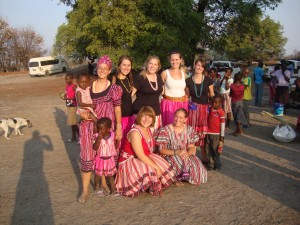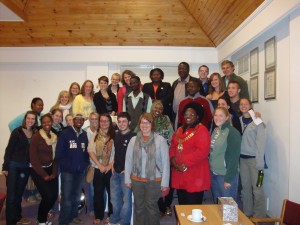After a great semester, the time to depart is finally upon us. Final projects have been presented, grades have been submitted, and bags have been packed. Our time here in Windhoek has been amazing. I know that what I have learned I will carry with me well beyond the plane flight home. The last four months have opened my eyes to both injustice and beauty, hurt and hope.
I am not exactly sure how this semester will impact the way I live in America, although I know that it will in a very big way. However, I know that the people I have meet have helped me re-evaluate what I hold to be the most important:
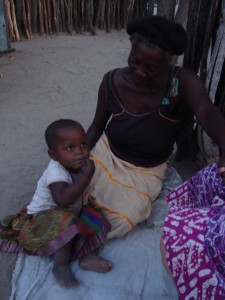 From host families, I have learned to appreciate simply sitting in silence and doing absolutely nothing and that being an open, giving person is one of the most important things to bring to any relationship.
From host families, I have learned to appreciate simply sitting in silence and doing absolutely nothing and that being an open, giving person is one of the most important things to bring to any relationship.
From my peers, I have learned how to appreciate relationships that are formed through shared experiences, despite differences in values, perspectives, and opinions.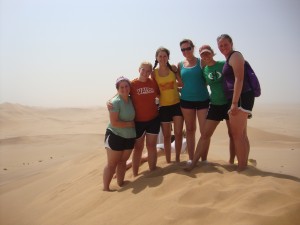
From guest speakers, taxi drivers, and others I have met along the way, I have learned to value the opinions of strangers on things like politics, education, or religion.
From those who have so little, I have learned that the little things – a roof over your head, food on the table, friends, and family – are the greatest of blessings and they should never be taken for granted.
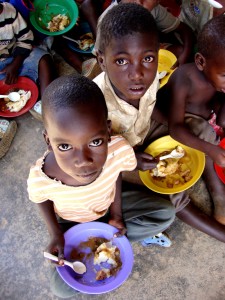 From those who are in situations like those we often see on Christian charity commercials, I have learned that it is not money that makes you rich; it is hope and the love of another.
From those who are in situations like those we often see on Christian charity commercials, I have learned that it is not money that makes you rich; it is hope and the love of another.
From the children’s laughter, I have learned what it means to have joy.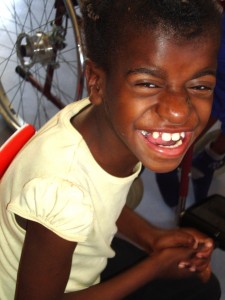
From the freedom fighters, I have learned the importance of standing up for your rights and persevering even in the face of oppression.
From both the empowered and disempowered people around me, I have learned how to recognize my own privilege and make great efforts to minimize its impact that it might influence the direction of future equality.
This semester we have discussed what the role of the foreigner should be in southern Africa almost constantly. I am left with so many questions as to where I fit into the global community and what my role is as a global citizen, but I hope that upon my return to the States I am able to formulate more conclusive thoughts based on my experience as an American that has been abroad.
Although the main part of my adventure ends here, we still have one more week in southern Africa. Tomorrow morning we are flying to Cape Town, South Africa to round out our semester.
So, with that, I’d like to thank you all for reading and following me through my semester abroad. I really appreciate it. I hope that I have conveyed some of the main ideas that we have been discussing and debating, as well as given you a taste of my experience of Namibian culture.
I wish you all the happiest of holidays!
With Love,
Christiana
